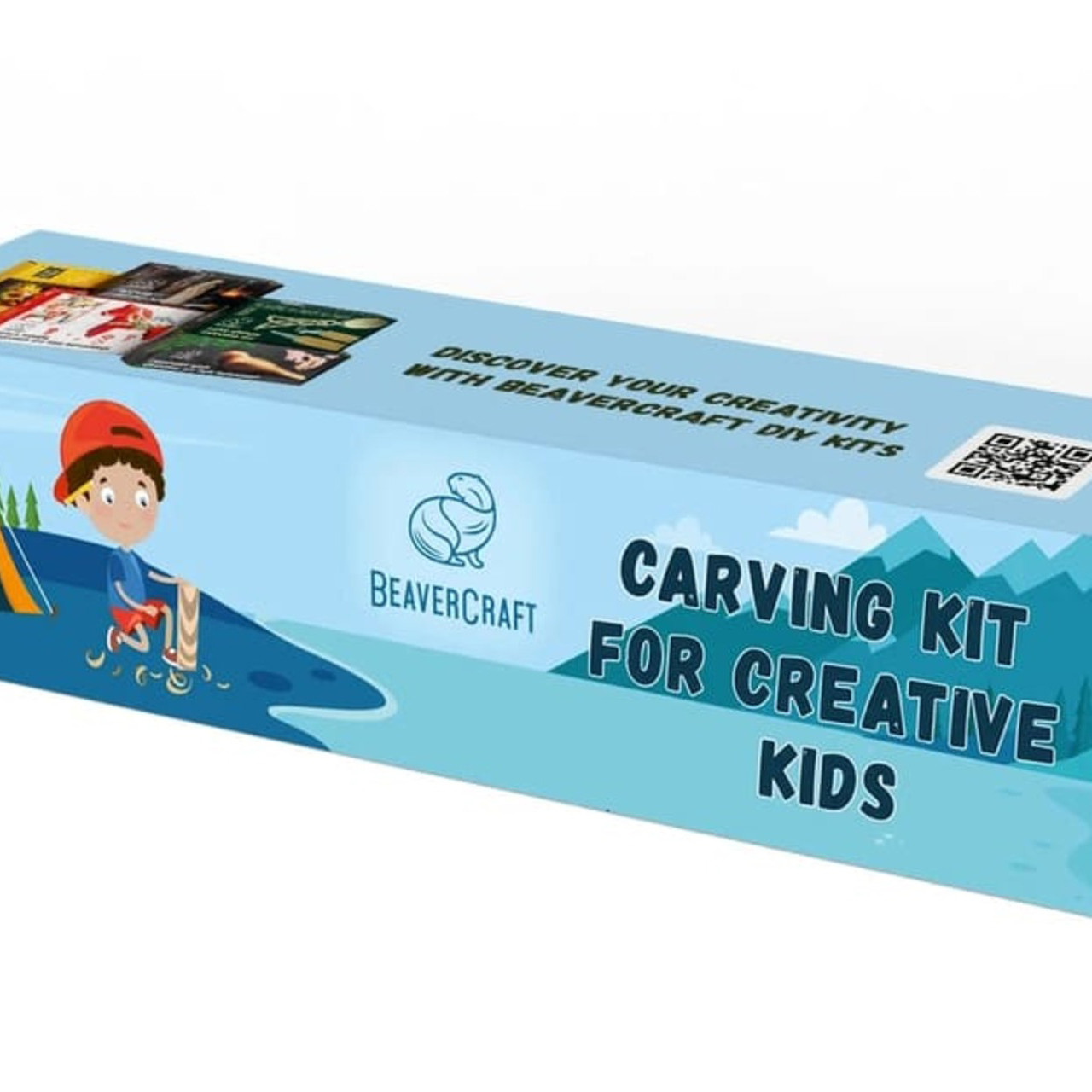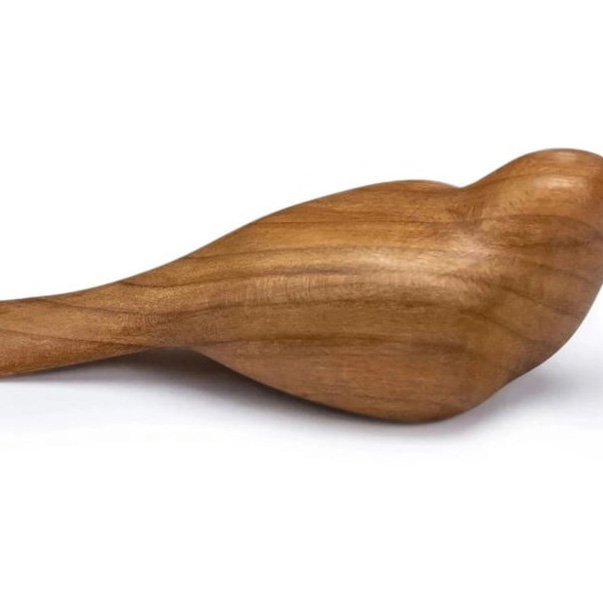Meet Annie Haas, a passionate Waldorf homeschool mom of three, who brings creativity into her home through hands-on arts, crafts, and DIY projects. With a focus on empowering parents to engage in meaningful activities with their children, Annie shares her expertise on woodworking with kids. In this exclusive interview, discover her top tips, real-life experiences, and actionable advice to help you dive into woodworking at home and inspire your little ones to explore their creativity! Perfect for parents and educators alike, this guide makes it easy to get started with woodworking today.
Can you tell us about your background and how you became interested in teaching woodwork to children?
I have been Waldorf homeschooling since 2011 and started helping my oldest son whittle as part of our homeschooling back then. For a brief time after, we were at a Waldorf school for his middle school experience, and he carved a spoon, a bowl, and a big stool! I saw the effect woodworking had on him both inwardly and outwardly. I could see that the process brought out his own strong will to form something. No two pieces in his class were quite the same, it always had a mark of that particular child on it. A strong will that comes from within, and seeing the world as formable and not rigid and fixed, are two of the most crucial things in education. My son is 23 now, and is a wonderful self-taught mechanic! He is also flexible in his thinking. This is what building a strong will in children through craft can do. They also believe they can do anything. His start to becoming a mechanic was taking apart an engine and transmission in our driveway! The thought that he could not do it, did not even cross his mind. Children really need to work with their hands in youth as much as possible. I started teaching my young girls woodworking as soon as we went back to homeschooling, and being able to shape things themselves also helped their flexible and independent thinking. I noticed that they try to find various solutions for everyday problems, rather than giving up even if something is difficult! The invisible things that children become as a result of the whole process of handwork are priceless things that they will take with them their whole lives, and that affect many other areas of life that may seem unrelated. Sadly, because they are invisible, they often get overlooked in our modern society as unnecessary. I see woodworking as essential to education.

Safety is crucial when working with tools. What are the key safety principles you emphasize when teaching woodwork to children?
To sit properly and stay away from the blood triangle. Always whittle away from the body! I have a free safety printable that shows where this is, and it helps visualize the blood triangle and how to sit with feet flat on the ground.
How do you balance teaching technical skills with promoting creativity and exploration in woodwork projects?
Rudolf Steiner said that for woodworking, it is really important to let the children design their projects of their own choosing, and that what we teach them in other subjects will often come out through the woodworking! This is really remarkable. When I create a woodworking assignment, I make sure to allow this flexibility where the child makes the project their own. This must, of course, be balanced out with proper form of working with the tools, and we must give them our knowledge that will help them achieve their own goals. For example, if whittling a spoon, they don’t want to make the handle too thin or it will risk breakage! But, they might want to design a thinner handle than a sibling or a fellow student who prefers a wide handle simply because that is what is coming from within them. Being a wonderful guide is important, but without stifling or discouraging their own urge to form and shape something from themselves.

Could you describe some of the tools and materials you use in your woodwork classes for children? ODSS just started stocking wood working tools for little hands; which are some of your favorites?
It is really important to use tools that are high quality and safe! We use soft woods for beginners and tools that are sturdy. Knives should not be the kind that fold up, but just a sturdy straight handle, just as you have in your products. For absolute beginners, you may want to put electrical tape on the very tip of the knife, and just use the center for carving. Tools really matter for safety, and they count when it comes to building a will in children. They need tools they feel confident using!
What Are the Best Tools and Materials for Woodworking with Kids?
It is really important to use tools that are high quality and safe! We use soft woods for beginners and tools that are sturdy. Knives should not be the kind that fold up, but just a sturdy straight handle, just as you have in your products. For absolute beginners, you may want to put electrical tape on the very tip of the knife, and just use the center for carving. Tools really matter for safety, and they count when it comes to building a will in children. They need tools they feel confident using! ODSS just started stocking wood working tools for little hands; find them here.

What are some common challenges you encounter when teaching woodwork to children, and how do you address them?
Physical fatigue can set in, so be sure to start with a short time window, once or twice a week (or more if it is an eager child!). Some children may get frustrated if they are working at something too long, and abandon the project, so starting with whittling something easy and satisfying first is ideal. The teacher should also hold back any unnecessary criticism of the piece as long as safety is followed. The most important things are that the child is comfortable, practicing, and creating something out of themselves and their fantasy. If it doesn’t turn out how they imagined, or if something breaks off, remind them they are learning and can try again, or try a different easier project. Be sure they stay open and flexible, seeing wood as something as moldable to them as playdough!
In your experience, what are the key benefits of teaching woodwork skills to children?
It really is mainly about building a strong will to do difficult things, things that they imagine and execute, and also creating a beautiful flexible way of looking at life!

What advice would you give to other educators or parents who want to introduce woodwork skills to children in a safe and effective manner?
I would say the very first lesson should be safety, go slow, give them lots of demonstrations and tips, but once they have a comfortable grasp, allow them their own flexibility in shape and design!
Can you share a memorable experience or success story from your woodwork classes with children?
We had a wonderful woodworking class in my home, and I taught a whole safety segment first! It made the class much better to cover safety first, and gave confidence to the parents and children. I made a free printable drawing for my class and also my online website that makes remembering safety easier!

Explore ODSS Whittling Kits
 |




